The showiness of automation systems in hotels not only serve to impress guests. They are also the way to achieve a more efficient operation from the energy point of view, something crucial when looking for profitability.
The current business situation makes operational and financial optimization one of the main objectives of any economic segment. Hotels are no strangers to this trend since new competitors appear on the scene every day, and customers have at their disposal a wide range of offers to choose the place where they will spend their next vacation.
by Julián Arcila
In addition to the proposed scenario, the CVAC (Heating, Ventilation and Air Conditioning) systems have been placed in an unenviable position, as they are seen by the general and maintenance managers of these establishments as true financial drains, given their high energy consumption (it must be taken into account that the cost of energy is every day m That air conditioning and lighting systems are responsible for more than 50% of the energy consumption within a building).
As a revolutionary measure, the Fiesta Americana and Fiesta Inn hotels, belonging to the Posadas group, began in 2006 the implementation of an ambitious automation program, whose fundamental purpose is the control of energy expenditure and the increase of comfort in the rooms.
This article will discuss the deployed system. To this end, Juan Pablo Aguilar, an engineer at the integrating firm CYVSA S.A., was contacted.
Financial and operational challenge
The Fiesta Americana and Fiesta Inn hotels then faced a particular situation. As Aguilar explained, there was an excessive consumption of energy that translated into large sums of money invested in this area, but there was also little control over the maintenance of air conditioning equipment, specifically in situations such as alarms by dirty filters, alarms of equipment stoppage due to lack of energy and accumulation of hours in the work times of each team.
They also lacked centralized control of their lighting systems, a fact that generated greater energy consumption since the lights were turned on and off from the load centers. This factor added to the previous one became weight functions to opt for the implementation of a control system.
Automation currently poses an interesting challenge for hotel managers, because the savings achieved with the assembly of these systems can, on the one hand, improve the financial performance of the establishment and, on the other, pass part of those savings to room rates, thus increasing the possibilities to achieve higher occupancy rates.
In addition, there is no denying that the installation of automation technology can bring with it important commercial benefits for the image of the establishment.
Hotels at your fingertips
To solve the shortcomings that the hotel had in terms of control, its directors hired the firm CYVSA to implement this system; the integrator in turn did the same with alerton's hardware and software (Envision, based on the BACNet protocol).
As Aguilar said, the work covered the air conditioning systems in rooms, common areas, as well as the central ice water system, along with those of hydraulics and lighting. The main objectives, he said, were energy savings and increased comfort provided by smart installations for end users, in addition to monitoring the control from a remote point for its total administration and maintenance.
The project made it possible to automate:
air conditioning from 189 rooms
air conditioning of common areas
central ice water system
hydraulic system
Hotel lighting in public areas and hotel rooms Additionally, it allows to monitor the consumption of Kw/h in real time. The execution, programming and commissioning time was 15 months, and the project involved a construction coordinator, a supervisor and 10 technicians specialized in automation.{mospagebreak} According to the engineer, the entire system was generated in a fully programmable graphical environment developed by Alerton, which has, among other features, the ability to locally control the specific application controllers (VCL -local controllers- placed next to the machines, CCM, and lighting boards); the central control function is performed by a global BCM controller, while communication between the devices is done by BACNet Ms/TP. The control system then comprises six types of local controllers, plus two types of central controllers (BCM and BTI), in addition to the interfaces so that the chillers can communicate with the aforementioned protocol. The large number of devices was due to the wide variety of equipment to be automated. These devices are characterized by the fact that they all have the same programming language; the capacities vary for each VCL, depending on the number of inputs and outputs available for the execution of the various processes (the inputs and outputs can be analog or binary according to the needs; this is determined by the controller model). "There are more specific controllers such as the VAV-SD that has both the characteristics of a VLC and those of an actuator for the drive of the gate of the variable volume box. All the controllers and interfaces of the Chillers are linked to a BCM and BTI master controller, which are responsible for concentrating the administrative information of the system and all operating hours, "explained the engineer. After installation One of the great advantages of the installed system was its ability to adapt to the needs of the hotel, in such a way that an interface communicates the control system with the guest registry, enabling the air conditioning system to be used only in those rooms that have been occupied. The operation of the system is locatable on screens with graphic animation, which allow access to each of the areas through the architectural plans of the property. This is also possible thanks to the PC human-machine interface, which simplifies the operation. "For the control and monitoring of the system, maintenance personnel were trained, who have the necessary knowledge to attend to any contingency and carry out the administration of it," Aguilar said. The project is justified by the results achieved so far. In addition to what has been achieved in terms of energy savings, the work allowed to reduce response times to maintenance problems, in addition to minimizing maintenance costs in the sense that the work periods of the equipment are scheduled for only when they are necessary. But the benefits weren't solely for the hotel and its guests. The integrator also reports having obtained additional benefits to the traditional ones, since the challenge allowed him to know new application possibilities and this, incidentally, opened the doors of other similar projects.
air conditioning of common areas
central ice water system
hydraulic system
Hotel lighting in public areas and hotel rooms Additionally, it allows to monitor the consumption of Kw/h in real time. The execution, programming and commissioning time was 15 months, and the project involved a construction coordinator, a supervisor and 10 technicians specialized in automation.{mospagebreak} According to the engineer, the entire system was generated in a fully programmable graphical environment developed by Alerton, which has, among other features, the ability to locally control the specific application controllers (VCL -local controllers- placed next to the machines, CCM, and lighting boards); the central control function is performed by a global BCM controller, while communication between the devices is done by BACNet Ms/TP. The control system then comprises six types of local controllers, plus two types of central controllers (BCM and BTI), in addition to the interfaces so that the chillers can communicate with the aforementioned protocol. The large number of devices was due to the wide variety of equipment to be automated. These devices are characterized by the fact that they all have the same programming language; the capacities vary for each VCL, depending on the number of inputs and outputs available for the execution of the various processes (the inputs and outputs can be analog or binary according to the needs; this is determined by the controller model). "There are more specific controllers such as the VAV-SD that has both the characteristics of a VLC and those of an actuator for the drive of the gate of the variable volume box. All the controllers and interfaces of the Chillers are linked to a BCM and BTI master controller, which are responsible for concentrating the administrative information of the system and all operating hours, "explained the engineer. After installation One of the great advantages of the installed system was its ability to adapt to the needs of the hotel, in such a way that an interface communicates the control system with the guest registry, enabling the air conditioning system to be used only in those rooms that have been occupied. The operation of the system is locatable on screens with graphic animation, which allow access to each of the areas through the architectural plans of the property. This is also possible thanks to the PC human-machine interface, which simplifies the operation. "For the control and monitoring of the system, maintenance personnel were trained, who have the necessary knowledge to attend to any contingency and carry out the administration of it," Aguilar said. The project is justified by the results achieved so far. In addition to what has been achieved in terms of energy savings, the work allowed to reduce response times to maintenance problems, in addition to minimizing maintenance costs in the sense that the work periods of the equipment are scheduled for only when they are necessary. But the benefits weren't solely for the hotel and its guests. The integrator also reports having obtained additional benefits to the traditional ones, since the challenge allowed him to know new application possibilities and this, incidentally, opened the doors of other similar projects.



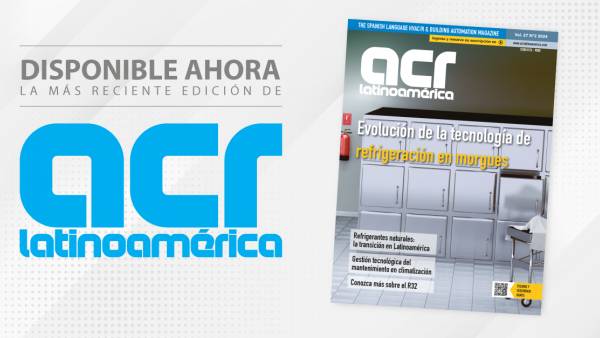
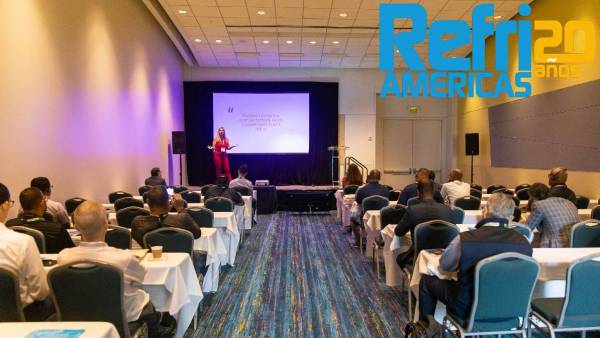
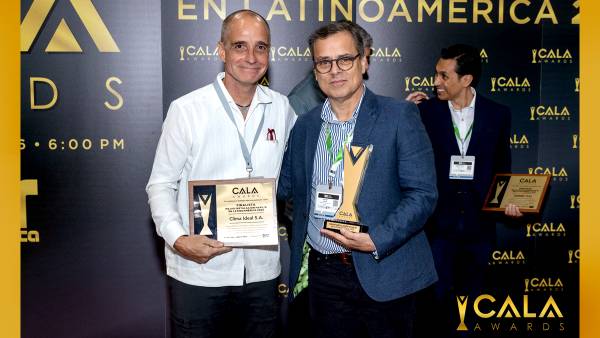
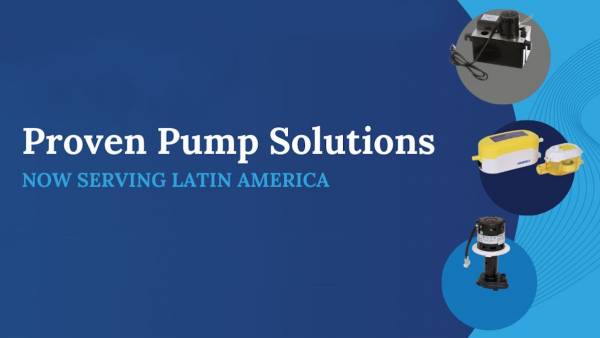
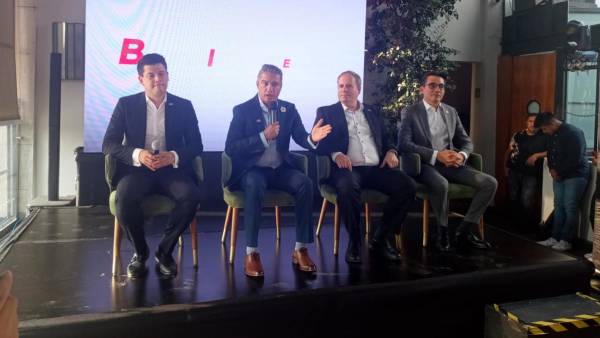
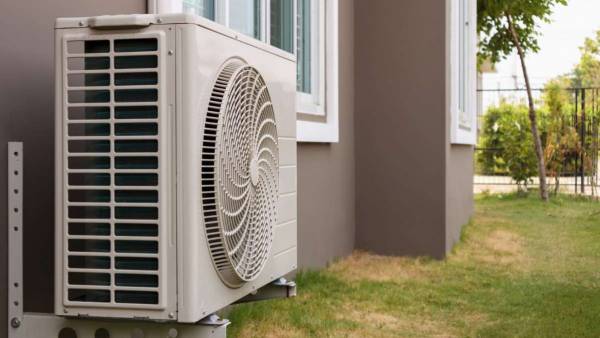

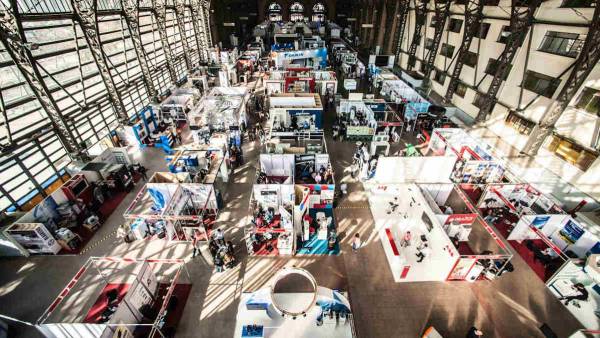














Leave your comment